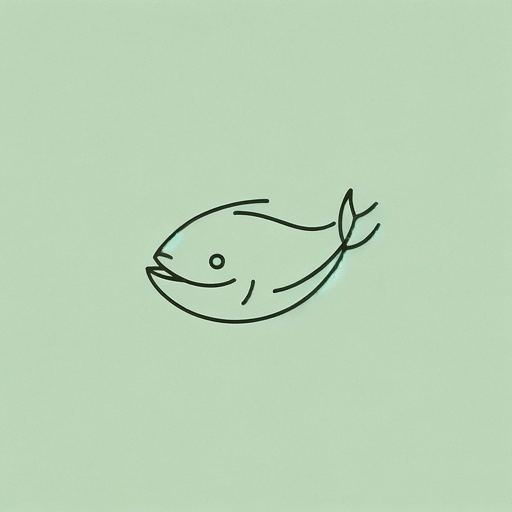16 pages • 32 minutes read
Howard NemerovThe Goose Fish
Fiction | Poem | Adult | Published in 1977A modern alternative to SparkNotes and CliffsNotes, SuperSummary offers high-quality Study Guides with detailed chapter summaries and analysis of major themes, characters, and more.
Background
Authorial Context
In The Salt Garden, Nemerov’s third collection, in which “The Goose Fish” appears, his poetry was more focused on nature than it had been up to that point. This continued in subsequent volumes such as Mirrors and Windows (1958) and The Blue Swallows (1967). Nemerov commented in Poets on Poetry (1966) on this aspect of his work: “During the war and since, I have lived in the country, chiefly in Vermont, and while my relation to the landscape has been contemplative rather than practical, the landscape nevertheless has in large part taken over my poetry” (“Howard Nemerov.” Poetry Foundation). As his remark suggests, he remained an intellectual and philosophical poet, but now he often explored the interaction between human consciousness and the natural world. Nemerov wrote often about birds, such as gulls in “The Salt Garden” and “The Gulls,” swallows (“The Blue Swallows”), crows (“Brainstorm”), sandpipers (“Sandpipers”), and one notable poem about the cry of a loon (“The Loon’s Cry”). He also wrote about sea creatures such as trout (“The Sanctuary”) and lobsters (“Lobsters”), and one poem about dragonflies (“The Pond”). His ironic wit and seriousness of purpose is apparent in many of those and other nature poems, as it is in “The Goose Fish.

